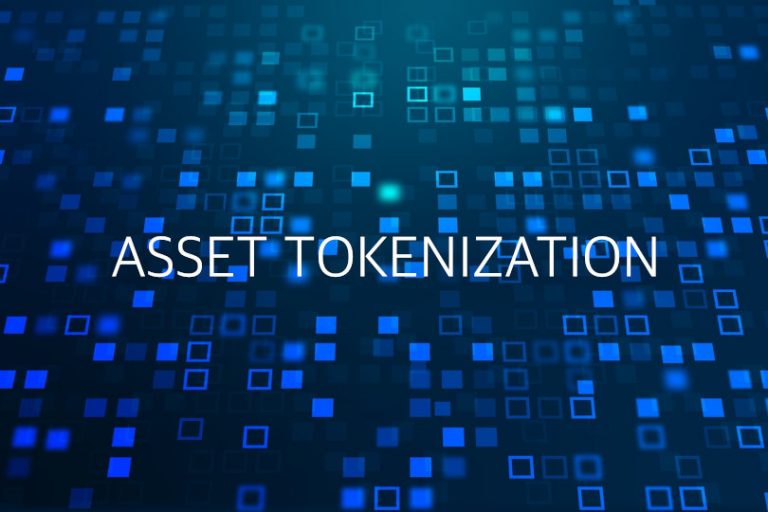New Formation of Asset Liquidity Model via Blockchain Tokenization
Tokenization, Old and New
When we walk into the Bellagio casino in Las Vegas, we turn in our cash and get chips in return to play at the poker table. The stack of chips in our hand are tokens that represent cash. So while some people may look upon tokenization as potentially a new way of doing business, the idea of tokenization itself isn’t new at all. What is indeed new is the idea of tokenization applied to assets in conjunction with such applications via a blockchain platform. When you have a technology platform that instills high data integrity and immutability combined with transparency and provenance, applying tokenization on top of such a platform becomes a new and very powerful financial medium across many sectors.
Underlying Inefficiencies of Today
The traditional model of transacting any given asset starts first with the buyer doing his due diligence on the asset, proposing an offer, an agreement is reached on the offer, and the seller transfers the asset to the buyer in exchange for the cash. But notice there are several underlying constraints to this model. When dealing with a high value asset, the number of potential buyers is reduced down to a smaller pool of high net worth participants having access to a large sum of capital. Also, the transaction itself requires several parties to consummate given the lack of trust among involved parties (each of which may collect a transaction fee from the buyer and seller) plus paperwork requirements for provenance, not to mention time zone difference would require all tasks to be performed during limited business hours.
We can categorize assets into three different types, tangible (e.g. real estate, precious metals, collectibles); intangible (e.g. patents, copyright, royalty); and debt (e.g. account receivables, open invoices). Let’s look at how tokenization via blockchain will transform the traditional process.
Enabling and Simplify the Process of Fractional Ownership
A highly desired commercial building on Grant Avenue is on the market for $1 million. The seller would put up the listing and include the profile of the building on a token exchange forum. Included in the profile is the token value, set at $10k thereby fractionalizing the asset. Prospective buyers can review the listing prior to submitting his purchase of two tokens. The submission is processed on the blockchain platform, capturing details of the transaction as an entry on the blockchain ledger and the entry becomes visible for all parties. Given the inherent nature of blockchain, the transaction is secure, immutable, and transparent to all parties. And all these activities can take place anytime and anywhere the internet is accessible. Additionally, as the property’s value increases, the buyer can in turn offer to sell his fractional ownership at a later time, whereby the sale transaction is again written to the blockchain ledger. Such fractional ownership comes with corresponding P&L transactions automatically managed by embedded smart contracts with complete transparency.
So prior to asset tokenization, an asset’s value may hinder its accessibility to fewer number of buyers. Tokenizing the asset can now lower the entry barrier whereby the seller controls the degree of accessibility simply by setting the token’s price. Even more interesting is that buyers of fractional assets can potentially trade them in a secondary market with other assets beside cash.
Crowdfunding and Equity Sharing
Early implementation of tokenization took the form of crowdfunding, whereby entrepreneurs offer the first sample run of a product and/or an equity stake in the company in exchange for tokens. An example of this is book authors who pre-sell their book by tokenizing it. In this scenario, a buyer purchases a fractional ownership right from the author’s book. Once the book is released, the buyer gets a copy of the book for free in addition to owning a fraction of its revenue. As such, all book royalty fees are shared with book fractional owners in addition to author as each fractional owner is deemed as an early investor. Such royalty distribution will be automatically managed by embedded smart contracts, and the resulting transaction is fully transparent to all token owners.
Cash Flow Improvements
Oftentimes businesses wait to receive payments from their customers for outstanding invoices and this lag creates a cash flow issue, especially when the high value items are involved. A medical equipment manufacturer has delivered parts and supply to a customer but the invoice valued at $800k has been outstanding for over 45 days, thus creating a cash flow issue for the manufacturer. With tokenization, the medical manufacturer has the ability to tokenize the outstanding invoice and offer it on an open market, thereby giving liquidity to an asset that was once thought of as ill-liquid and a business constraint.
The flexibility that comes with tokenization can be a very effective financing tool for any business. And tokenization as a financing tool will soon become a significant contributor of market efficiency across an increasing number of sectors and geography.
How we can help
We are a team of specialized blockchain architects and developers with several iterations of blockchain implementation projects with government and large companies. Along with our experience, our team members have authored and published numerous books on blockchain as well as books on several of the more widely-adopted blockchain platforms.
With the advent of blockchain comes the features of transaction transparency, direct peer to peer transaction, and high level of data integrity. Companies and municipalities around the world today have already begun to embrace and use blockchain. And we agree with the ever growing number of social, technology, and commerce experts that blockchain will continually gain momentum to inevitably become the new paradigm for the world.
